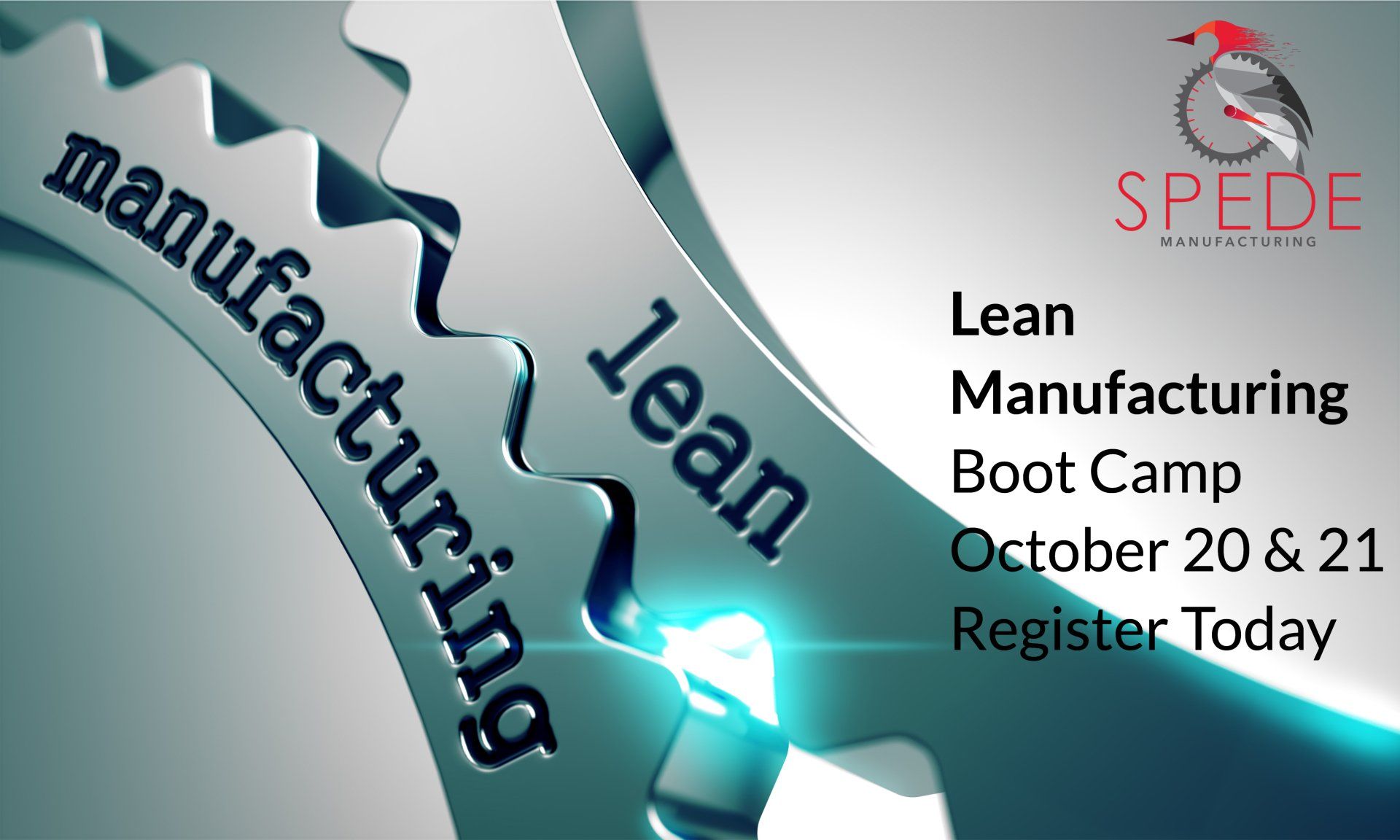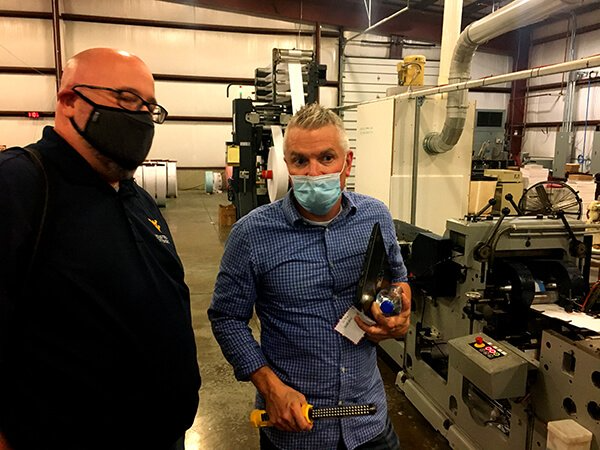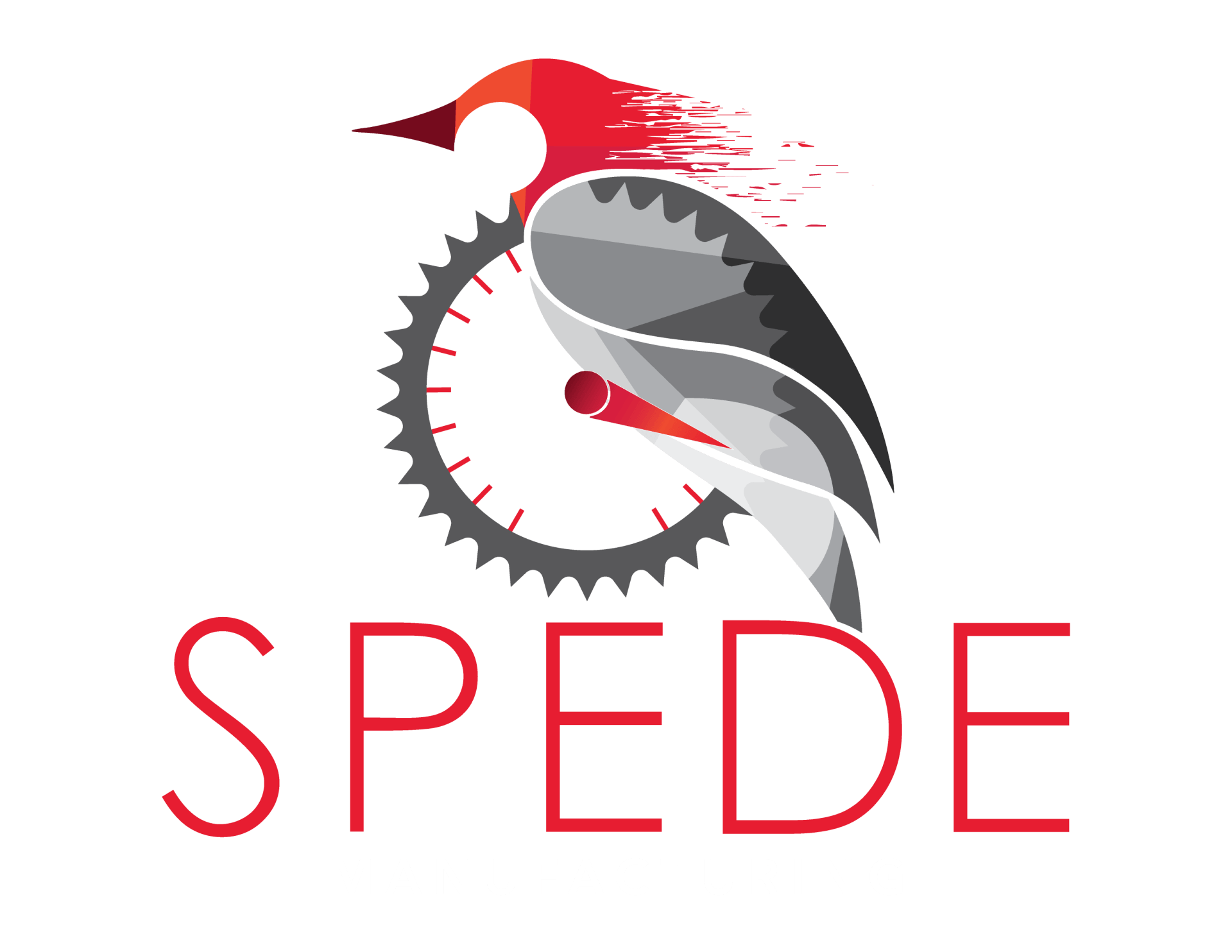Manufacturing is Changing. The Struggle is Real
Manufacturing is Changing. The Struggle is Real
The world has changed a lot in the past few years. The world is not the same as it was five years ago, from materials and parts shortages to rising material costs to labor shortages.
There are many reasons for these changes:
- Aftermath of Covid-19
- The war in Ukraine
- Political decisions and policy changes
- Consumer consumption
The list goes on.
The result is rising costs, labor shortages, and stock-outs.
So what is a manufacturer to do?
There’s only one choice, change and change quickly.
Manufacturers should be in a constant state of continuous improvement to remain competitive. This strategy is nothing new. But the rate of change must accelerate during times like these.
Let’s start with part shortages. Hopefully, your purchasing department has taken steps to establish strong partnerships with multiple suppliers over the years. If so, it can still be challenging to keep a steady supply of parts and materials coming in the door.
Here are some things you can do:
- If you don’t have multiple sources for each commodity, you need to start looking for more sources. This is tedious and time-consuming, and your purchasing department will struggle to get new suppliers. Many companies turn to brokers. The result is higher costs.
- Place orders with your current sources well in advance. This may mean buying parts up to a year in advance or more.
- Try to secure commitments from your suppliers for regular deliveries.
- Carry extra inventory, just in case. I know this is contrary to every Lean Manufacturing principle. But, in times like these, it’s critical.
Second, let’s deal with the labor problem.
There’s a labor shortage, and your company will need to respond. This is a simple case of supply and demand. Here are some tips:
- Initially, you will need to pay your employees more. As supply shrinks, demand increases, and so do costs.
- Automation equipment companies' businesses are booming because companies are automating to offset the rise in labor costs. That automation project that used to have a five-year payback period might be feasible now due to the increased labor costs.
- Implement Lean Manufacturing and work to reduce costs in every part of your business.
Times are changing, and your company will need to change too. It’s a matter of survival because who knows when and if things will go back to how they were just a few short years ago.




